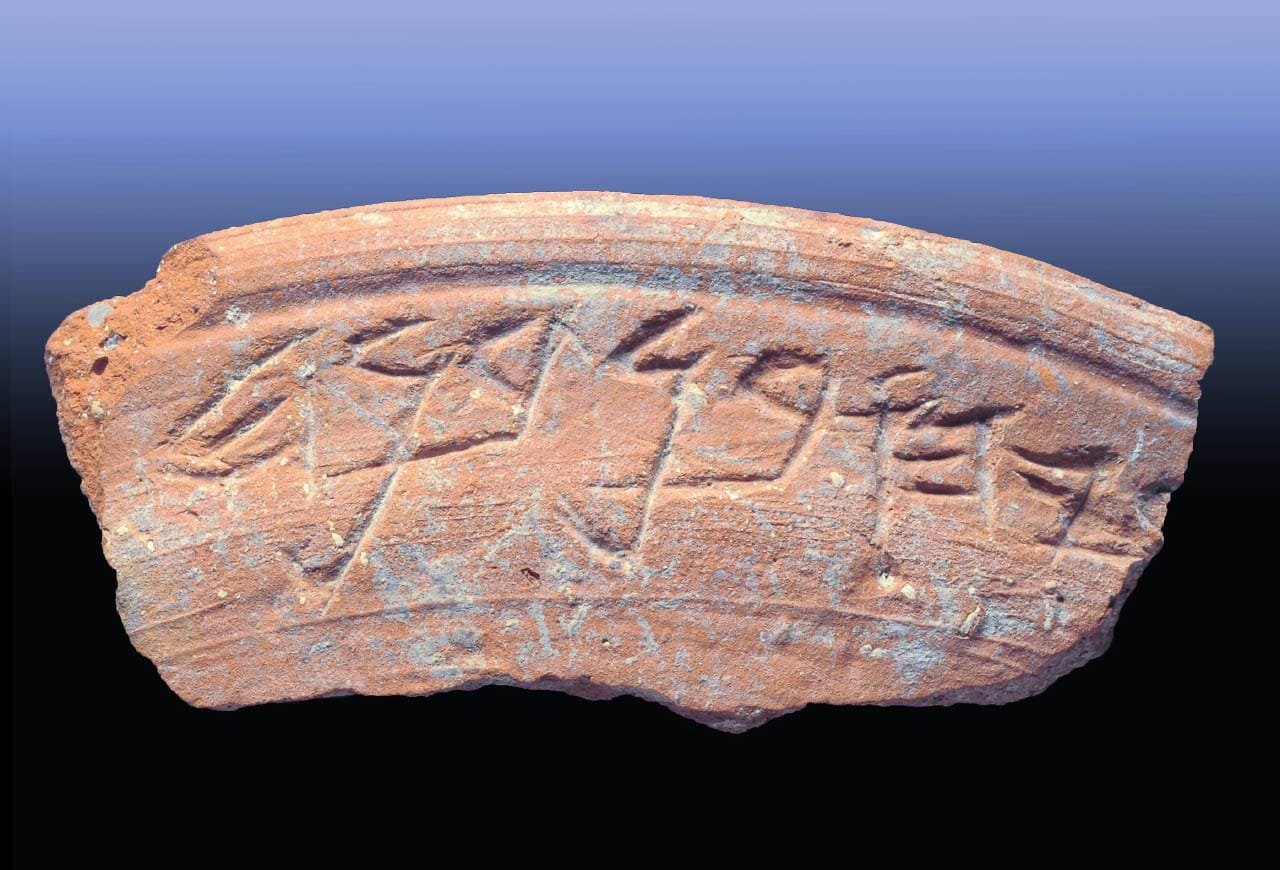Among the many ancient relics that have surfaced over the years, one particular biblical artifact stands out for its remarkable age and potential significance.
This discovery, shrouded in mystery and intrigue, has puzzled experts and sparked debates within the archaeological community.
The artifact's origins and implications have left scholars excited to unravel its secrets and shed light on a vital chapter in biblical history.
Discovery of Ancient Hebrew Inscriptions
During the excavation process led by renowned archaeologists, the remarkable discovery of ancient Hebrew inscriptions on a 20-inch limestone burial box revealed pivotal insights into biblical history. This archaeological find, considered the oldest known Hebrew inscription related to the biblical narrative, was unearthed in a burial cave dating back to the 1st century BC. The team of researchers from Hebrew University meticulously documented the intricate details of the inscriptions, shedding light on the religious and cultural practices of the time.
The Hebrew inscriptions on the limestone burial box provide a glimpse into the ancient language and script used by the people of that era. The significance of this discovery can't be overstated, as it offers a tangible link to the biblical accounts and characters, potentially deepening our understanding of historical events. Scholars and religious experts have hailed this find as a pivotal piece in the puzzle of biblical archaeology, paving the way for further exploration and interpretation of ancient texts.
The meticulous study of the inscriptions by experts at Hebrew University has revealed subtle nuances in the language and grammar used, providing valuable insights into the daily lives and beliefs of the individuals interred in the burial cave. This discovery marks a significant milestone in the field of biblical archaeology, underscoring the importance of meticulous excavation and scholarly analysis in uncovering the rich tapestry of ancient history.
Unearthing Early Biblical Manuscripts
Revealing ancient manuscripts of biblical origin holds profound significance in understanding the religious and historical contexts of early Christianity. Among the unearthing of early biblical manuscripts are some of the oldest Christian artifacts, including ossuaries adorned with Hebrew inscriptions depicting Jonah and divine Jehovah. These artifacts bear stylized letters spelling out 'Jonah,' a discovery corroborated by Hebrew scholars and experts like James Charlesworth. The script found on these ossuaries mirrors that of the Dead Sea Scrolls, further enhancing their historical importance.
- Hebrew inscriptions on ossuaries depict biblical figures like Jonah and Jehovah.
- Scholars have confirmed the presence of stylized letters spelling out 'Jonah.'
- The script on these artifacts resembles that found in the Dead Sea Scrolls.
- Initial interpretations of the iconography faced skepticism from some scholars.
- The research findings on these artifacts were published in The Bible and Interpretation journal, leading to scholarly discussions and debates.
Analysis of Ancient Stone Tablets
The analysis of ancient stone tablets reveals intricate details important to unraveling the historical narrative of early Christianity. Within the domain of Biblical Archaeology, the recent discovery of an ancient stone tablet bearing an inscription mentioning James, the son of Joseph and brother of Jesus, has sparked significant scholarly interest. This artifact is believed to be the oldest known archaeological piece directly linked to Jesus, marking a critical milestone in the field.
The Hebrew name 'James son of Joseph' inscribed on the tablet has stirred debates regarding its authenticity. Scholars are approaching this finding cautiously, acknowledging the challenges of verifying such a significant artifact due to concerns about potential fraud. Despite these challenges, the style of script and language used in the inscription suggest a date prior to 70 A.D., which further enhances its historical importance.
The revealing of this tablet provides valuable insights into early Christian practices and beliefs, shedding light on the religious landscape of the time. This discovery represents a major breakthrough in Biblical Archaeology, offering a tangible connection to individuals central to the Christian faith. As researchers continue to explore into the origins and significance of this ancient artifact, it stands as a sign to the enduring quest for understanding the roots of Christianity.
Earliest Biblical Papyrus Fragments Revealed
Revealing a significant glimpse into ancient biblical texts, the discovery of papyrus fragments dating back to around 250 B.C. sheds light on the early transmission and preservation of foundational scriptures from the Book of Exodus and Deuteronomy. These oldest known papyrus fragments, over 2,000 years old, were uncovered in a cave near the Dead Sea by a French scholar. The fragments contain essential biblical passages, including the Ten Commandments and the Shema, a central prayer in Judaism.
The revelation of these ancient papyrus pieces provides valuable insights into the meticulous efforts made to preserve and transmit biblical teachings across generations. The delicate nature of the papyrus, coupled with the arid conditions of the Judean Desert, contributed to the remarkable preservation of these sacred texts. Scholars and religious experts alike are intrigued by the implications of these findings, as they offer a tangible connection to the early practices of recording and safeguarding biblical manuscripts.
- French scholar uncovers the papyrus fragments.
- Fragments originate from around 250 B.C.
- Texts include the Ten Commandments and the Shema.
- Discovered near the Dead Sea in a Judean Desert cave.
- Provides insights into the early transmission of biblical texts.
Revealing the Oldest Biblical Scroll
Dating back to around 600-700 B.C.E., the Ketef Hinnom silver scrolls stand as the oldest known biblical artifact ever unearthed, found near Jerusalem. These silver scrolls contain the Priestly Blessing from the Book of Numbers. Discovered in a burial cave, the scrolls are a remarkable archaeological discovery, providing insight into ancient religious practices. The Priestly Blessing inscribed on the scrolls is a significant biblical verse that holds religious importance.
The silver scrolls are a witness to the early preservation of biblical texts, dating back to a critical period. Being among the earliest texts containing biblical verses, they shed light on the religious beliefs and practices of ancient times. The scrolls offer a glimpse into the way biblical scriptures were revered and safeguarded in antiquity.
The discovery of the Ketef Hinnom silver scrolls near Jerusalem is a milestone in biblical archaeology. The scrolls' content, particularly the Priestly Blessing from the Book of Numbers, adds to our understanding of the religious traditions of the period. Their existence underscores the enduring significance of biblical texts and their meticulous preservation throughout history.



